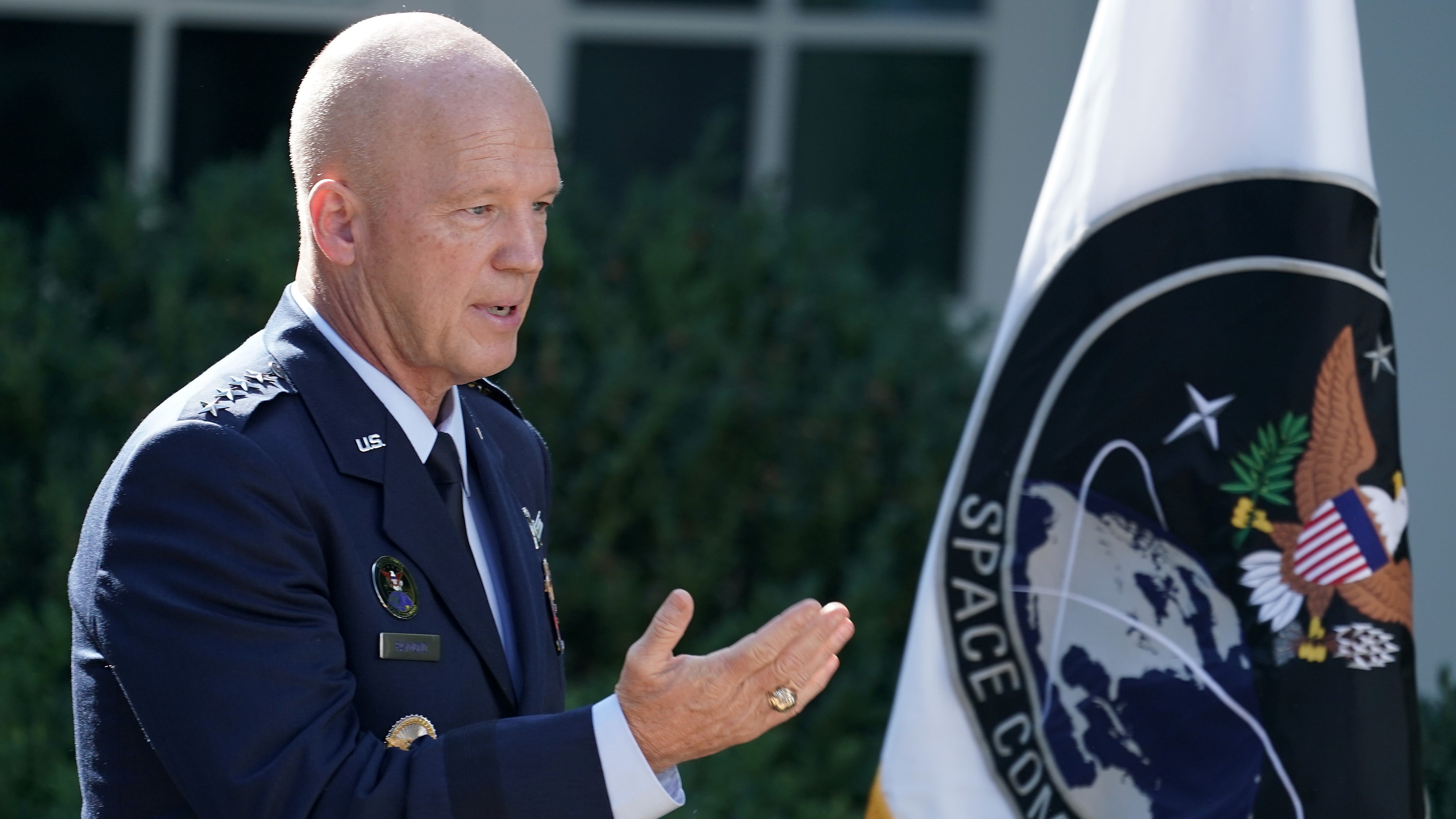As the Pentagon increasingly views space as a war-fighting domain, leaders resurrected U.S. Space Command to provide a more singular focus on space.
“We find ourselves at a strategic inflection point where there’s nothing we do as a joint force that isn’t enabled by space, and yet, simultaneously, we can no longer have the luxury of assuming space superiority,” Gen. Jay Raymond, the head of U.S. Space Command, said Sept. 9 at Peterson Air Force Base in Colorado.
“By establishing this command, we have reached a significant milestone. However, we have a big task ahead” he continued. “We must move fast and we must be bold in fielding space war fighting capabilities in order to execute our assigned missions.”
Space Command, which was officially reestablished Aug. 29, is technically the second iteration of a Space Command. Established in 1985, the first Space Command was ultimately merged into US Strategic Command in 2002 as part of the military reorganization following the Sept. 11 attacks. Now, 17 years later, the United States is reestablishing the combatant command as part of a new organizational approach to the space domain, which includes the establishment of the Space Development Agency and the proposed creation of a Space Force.
This new Space Command will have four distinct areas of focus as it begins operations, explained Raymond.
First, Space Command will work to deter aggression and conflict from beginning or extending into space by providing space war fighting options.
“Although space is clearly a war fighting domain, we do not want to fight a fight that extends into space. We seek to deter that conflict, and the best way I know how to do that is to do that from a position of strength," said Raymond.
The second area of focus is defending American and allied interests in space through offensive and defensive operations, if deterrence fails. To that end, Space Command has established the Joint Task Force for Space Defense.
Third, Space Command hopes to deliver combat power to the joint and combined force. According to Raymond, Space Command was designed to embed with combatant commands and allies from the onset. Leaders established the Combined Force Space Component Command to ensure allies will have the space capabilities they need.
Finally, Space Command will develop a ready and lethal space forces.
“A warrior ethos is a combat enabler,” said Raymond. “We will take our existing space war fighting culture, established with the original U.S. Space Command, honed in the Cold War and hardened in the many conflicts since, and adapt it to today’s strategic environment.”
Nathan Strout covers space, unmanned and intelligence systems for C4ISRNET.








